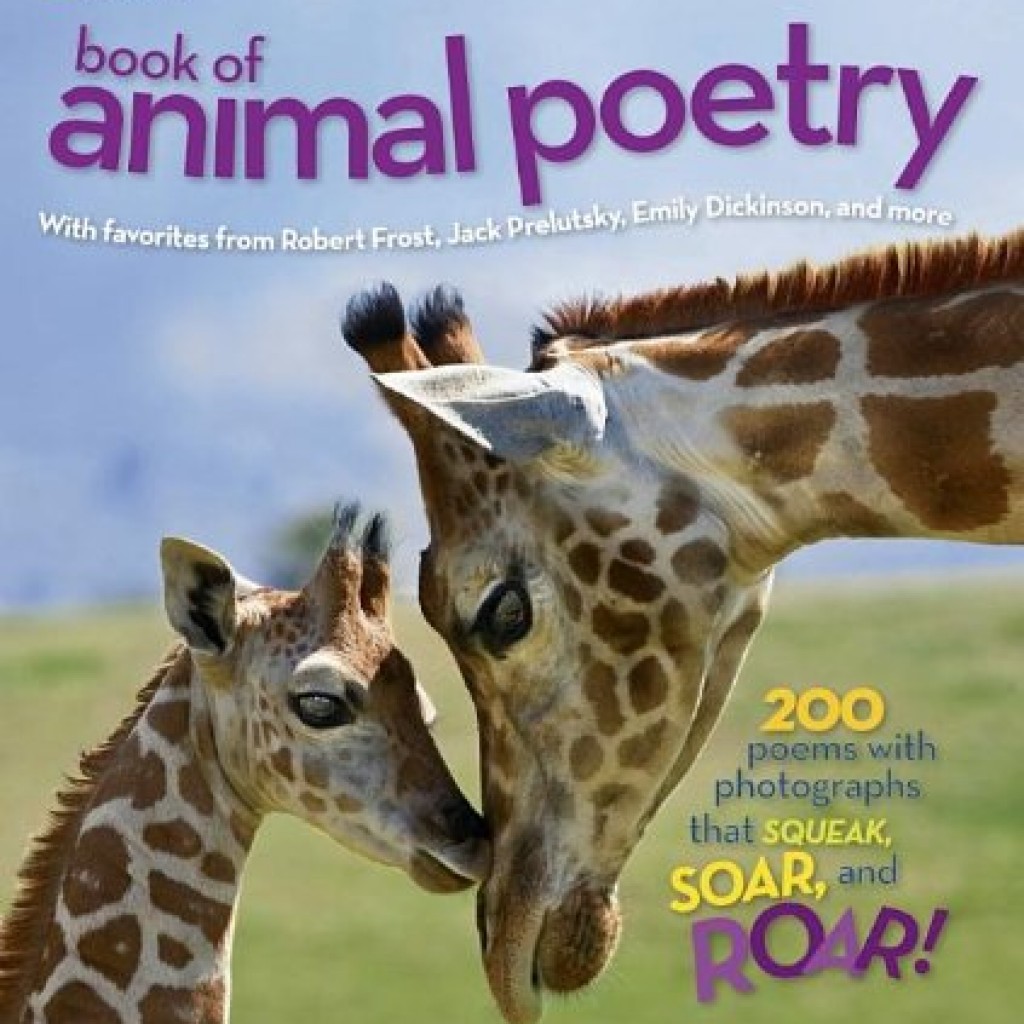The purpose of this reading is to share observations about poetry and to try your hand at writing poetry. The discussion and activity options focus on analyzing your favorite form of poetry or on poems in the book that you enjoyed the most.
During this reading your child and you will share the reading of the poems. Two ways that you can add fun and improve recall during this reading are:
~You may switch roles and become the listener and the questioner as your child “reads” (retells) the poem to you. Assist your child in matching the retelling of the poem to the photograph. Help your child pay attention to the details in the photograph.
~When there is a rhyme scheme to the poem, you may pause in your reading to have your child supply the appropriate rhyming words.
DISCUSSION OPTIONS:
~In each section, pick the poems that you like the best. Why do you like the poems that you have selected?
~Use the Subject Index at the end of the book to find poems to accompany other books that you read with animals as characters. (Mr. Tiger Goes Wild, Corduroy, If You Give a Mouse a Cookie) Does the animal described in the poem seem like the character in the story or different?
~Discuss the lyrics of familiar songs, such as “Twinkle, Twinkle Little Star” as being forms of poetry with rhythm and rhyme. What is the message or idea in the lyrics of some of your favorite songs?
ACTIVITY OPTIONS:
~Choose an animal. Write a poem about the animal that tells something special about the animal. Draw an illustration.
~Use the resources at the end of the book. One is about writing different forms of poetry. Another is a bibliography of children’s books on wordplay.
~Try the wonderful poems of Shel Silverstein or Jack Prelutsky. My grandchildren love the humorous poetry of these two child-friendly poets.

